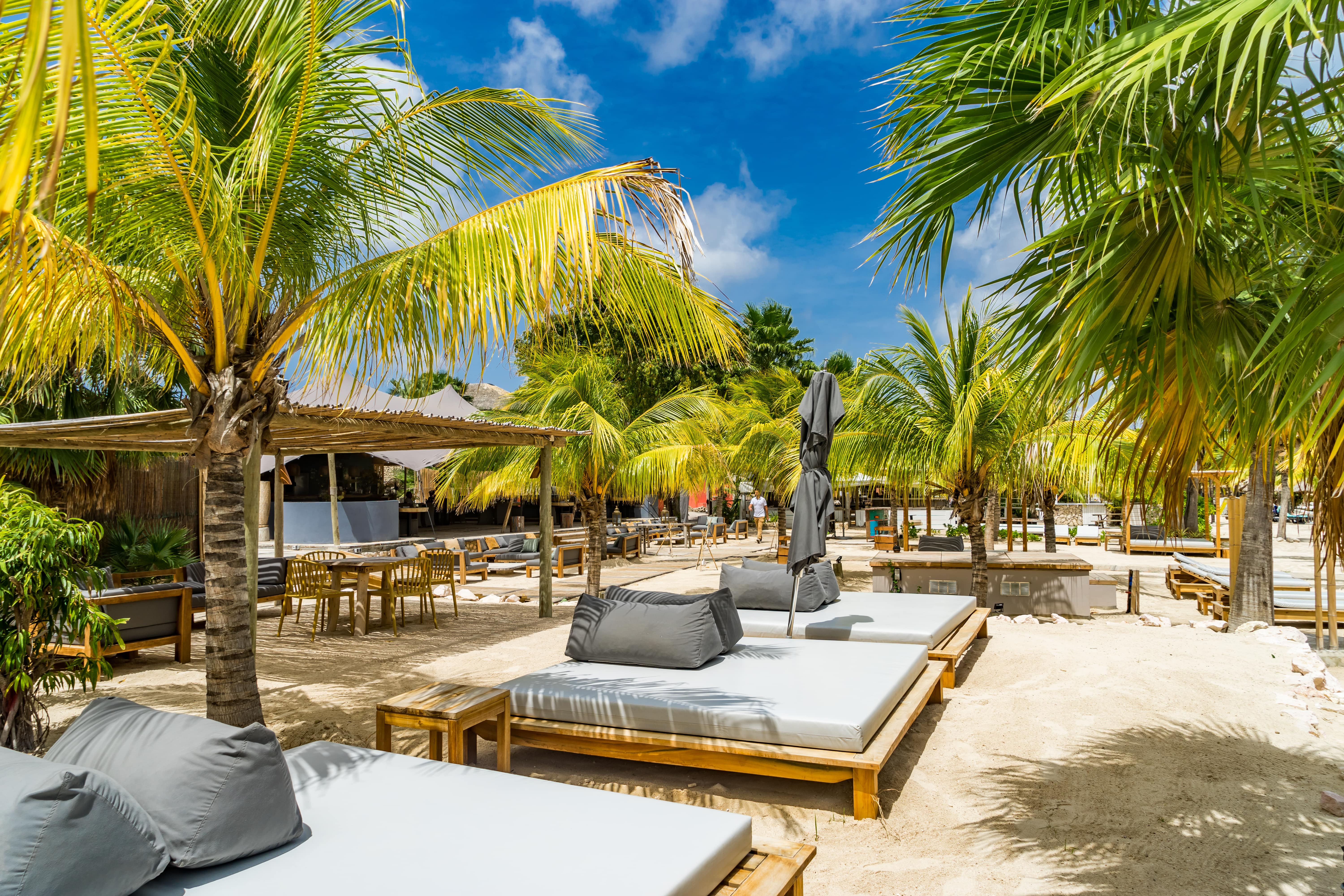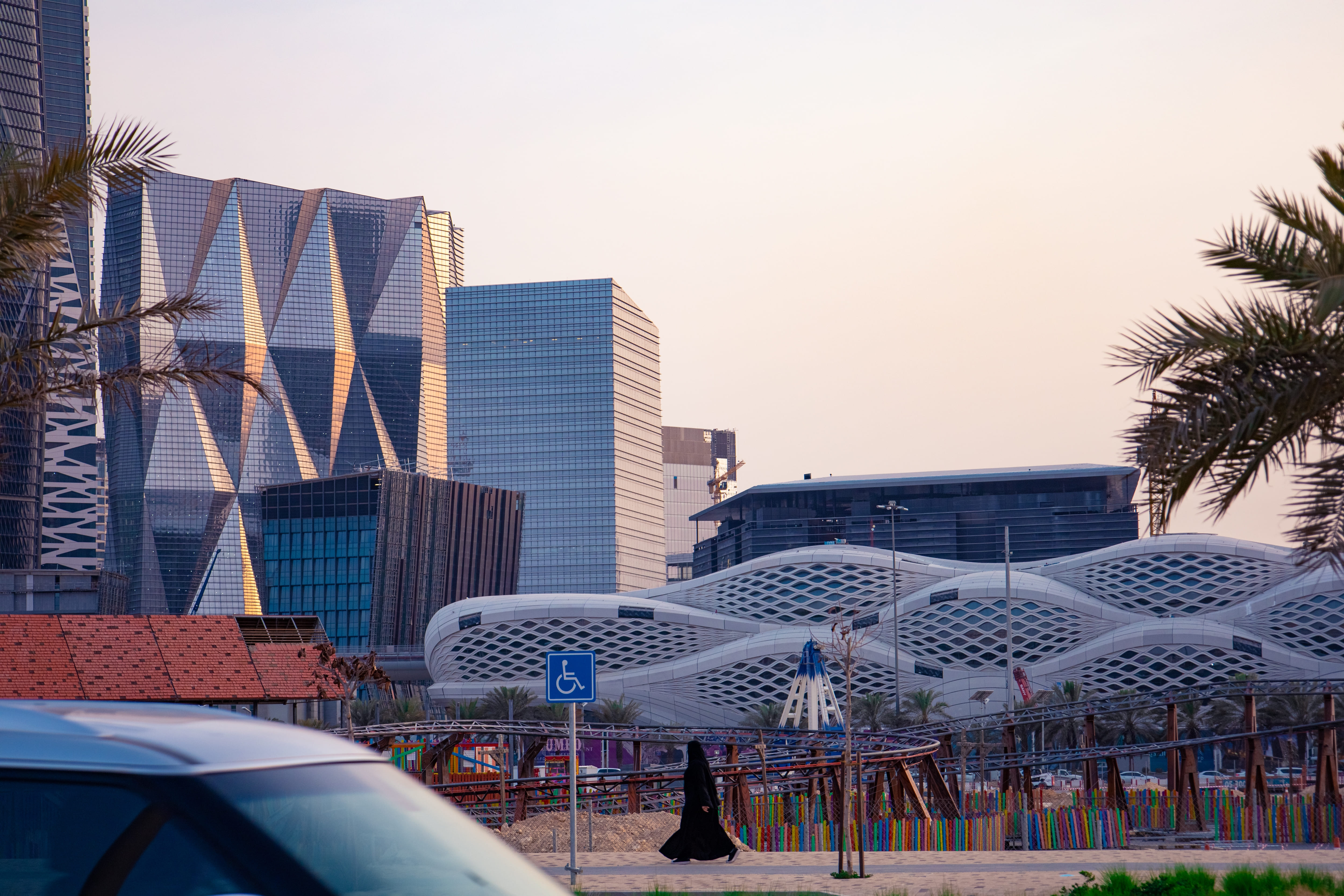UNESCO Heritages in Albania, Antigua and Azerbaijan
February 6th 2024
Lake Ohrid is a remarkable natural wonder that shelters numerous endemic species of freshwater flora and fauna that date back to the Tertiary period. The town of Ohrid, situated on the shores of the lake, is one of the oldest human settlements in Europe. It was built mainly between the 7th and 19th centuries and contains:
- The oldest Slav monastery.
- St. Pantelejmon.
- Over 800 Byzantine-stle icons dating from the 11th to the end of the 14th century.
The shallow waters near the lake’s shores contain three sites that bear witness to prehistoric pile dwellings, while the small Lin Peninsula is home to the remains of an Early Christian church founded in the middle of the 6th century.
Butrint
The city of Butrint has been inhabited since prehistoric times. It has served as a Greek colony, a Roman town, and a bishopric. After experiencing a period of prosperity under Byzantine administration, the city was briefly occupied by the Venetians. Still, it was eventually abandoned during the late Middle Ages as marshes formed in the area. Today, the present archaeological site serves as a repository of ruins representing each period in the city’s development.
Historic Centres of Berat and Gjirokastra
Berat and Gjirokastra are central and southern Albania towns, respectively, that showcase unique examples of Ottoman-era architecture. Berat, also known as the Kala, features a castle primarily built in the 13th century but has origins dating back to the 4th century BC. This area has many Byzantine churches from the 13th century and several mosques built in the Ottoman era, which began in 1417. Berat also reflects the coexistence of various religious and cultural communities throughout history. Gjirokastra, situated in the Drinos River valley, has a series of remarkable two-story houses developed in the 17th century. Additionally, it has a bazaar, an 18th-century mosque, and two churches from the same period.
Ancient and Primeval Beech Forests of the Carpathians and Other Regions of Europe
This transnational property spans across 18 countries and comprises 93 different components. The European Beech tree, which spread from a few isolated areas in the Alps, Carpathians, Dinarides, Mediterranean, and Pyrenees since the end of the last Ice Age, has expanded successfully across the whole continent. This process is ongoing, and the tree’s adaptability and tolerance to different climatic, geographical, and physical conditions have contributed to its successful expansion.
Antigua and Barbuda
Antigua Naval Dockyard and Related Archaeological Sites
The site comprises a series of naval buildings and structures built in the Georgian stle and enclosed within a wall. The natural surroundings of this area of Antigua, characterized by deep and narrow bays surrounded by highlands, protected from hurricanes and were perfect for ship repair. The British navy could only have constructed the Dockyard with the labor of generations of enslaved Africans who had worked on it since the late 18th century. The Dockyard aimed to safeguard the interests of sugar cane planters at a time when European powers were vying for control of the Eastern Caribbean.
Azerbaijan
Walled City of Baku with the Shirvanshah’s Palace and Maiden Tower
The Walled City of Baku has been inhabited since the Palaeolithic period. The city is a testament to the cultural continuity of various civilizations, including Zoroastrian, Sasanian, Arabic, Persian, Shirvani, Ottoman, and Russian. The Inner City, also known as Icheri Sheher, is a well-preserved section with 12th-century defensive walls. Maiden Tower, which dates back to the 7th and 6th centuries BC, was built over earlier structures, and the 15th-century Shirvanshahs’ Palace is a magnificent example of Azerbaijan’s architecture, adding to the city’s charm and beauty.
Gobustan Rock Art Cultural Landscape
The Gobustan Rock Art Cultural Landscape is in central Azerbaijan and consists of three plateau areas with rocky boulders rising out of the semi-desert. The site boasts an impressive collection of over 6,000 rock engravings that date back 40,000 years, providing a testament to the region’s rich history of rock art. The area also includes the remains of inhabited caves, settlements, and burials, which offer a glimpse into the intensive human use of the area during the wet period that followed the last Ice Age, from the Upper Paleolithic to the Middle Ages. The Gobustan Reservation, which covers an area of 537 hectares, also encompasses this site.
Historic Centre of Sheki with the Khan’s Palace
The city of Sheki, which has a rich history, is situated at the base of the Greater Caucasus Mountains and bisected by the Gurjana River. The northern part of the city is built on the mountain, while the southern part stretches into the river valley. The city’s historic centre was reconstructed after an earlier town was destroyed by mudflows in the 18th century. It features a traditional architectural ensemble of houses with high gabled roofs, influenced by Safavid, Qadjar, and Russian building traditions. The city’s location along crucial historic trade routes played a significant role in shaping its architecture. The Khan Palace, located in the northeast of the town, and several merchant houses reflect the wealth generated by silkworm breeding and the trade in silk cocoons from the late 18th to the 19th centuries.
Hyrcanian Forests
The Hyrcanian Forests are a unique massif of forests that extends along the Caspian Sea in Azerbaijan and Iran. These broad-leaved forests date back 25 to 50 million years and once covered most of this Northern Temperate region. The biodiversity of these forests is remarkable, with over 3,200 vascular plant species documented. So far, 180 species of birds typical of broad-leaved temperate forests and 58 mammal species have been recorded. The property includes ecosystems that house top predators such as leopards, wolves, and brown bears. The forest is also home to many rare and endemic tree species. The oldest trees in the area are between 300 and 400 years old, with some possibly up to 500 years old.
Cultural Landscape of Khinalig People and “Köç Yolu” Transhumance Route
This cultural landscape encompasses the Khinalig village, situated in the high-mountain region of northern Azerbaijan, as well as high-altitude summer pastures and agricultural terraces located in the Greater Caucasus Mountains, winter pastures in the lowland plains in central Azerbaijan, and the seasonal transhumance route known as Köç Yolu, which spans 200 kilometers. The Khinalig village is inhabited by the semi-nomadic Khinalig people, whose culture and lifestle are characterized by their seasonal migration between summer and winter pastures. They maintain the ancient tradition of long-distance vertical transhumance. The interconnected network of ancient routes, temporary pastures and camping sites, mausoleums, and mosques demonstrates a sustainable eco-social system adapted to extreme environmental conditions.
































































